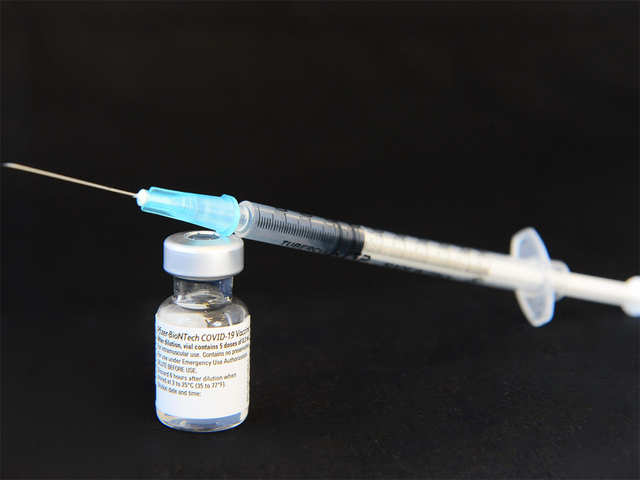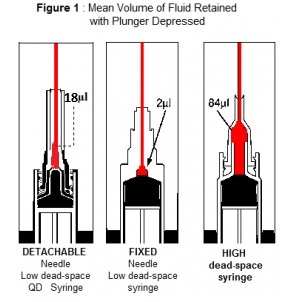
Increase of 2-19% additional vaccine doses per vial if current 10-dose flu vaccine vials are used.WHO guidelines for people who inject drugs Īccording to WHO guidelines for people who inject drugs it is suggested that needle exchange programs provide low dead space syringes for distribution to people who inject drugs due to evidence that the provision of low dead space syringes leads to a reduction in the transmission of HIV, and hepatitis B and C. Low dead space can be achieved in detachable syringes and needles through designing either the syringe or needle components to have low dead space.Ĭurrently, the design of the low dead space needle incorporates a plastic neck that fits within the neck of a standard syringe hub.Ī low dead space syringe is accomplished by using a standard syringe body with an extended plunger that inserts into the neck of the syringe body to expel more fluid from the syringe. ( February 2021) ( Learn how and when to remove this template message) Unsourced material may be challenged and removed. Please help improve this section by adding citations to reliable sources. Various designs of low dead space syringes One design achieves this by creating a plunger that inserts itself into the syringe neck to expel as much fluid as possible from the syringe body, thus reducing the amount of space available within the neck. As of the last few years new designs have emerged that work on a needle that is low dead space and fits onto and transforms high dead space syringes into low dead space syringes.

Then amongst the scare of HIV and rising concern of other communicable diseases to healthcare workers the creation of safety syringes occurred in 1988. The advent of the first low dead space syringe occurred with the creation of 1-ml syringes designed specifically for the administration of insulin. In 1961 plastic disposable syringes became available. Salk's polio vaccine, that the first disposable syringes were created. It was not until 1954, with the need for massive syringe distribution of Dr. Alexander Wood and immediately efforts were made to improve the design. The first hypodermic needle was first used by Dr. Specifically, there is some data to suggest that disease transmission for people who inject drugs and carry Hepatitis C virus can be reduced with the use of low dead space syringes. However, there are problems associated with the dead space in syringes: medication waste, disease transmission, and inaccurate dosing. Ĭonventional high dead space syringes have existed since the mass production of plastic syringes with removable needles in 1961. This space can be as high as 84 micro liters in conventional syringes. The term "high dead space" refers to the fluid remaining within the needle and between the syringe hub and the plunger.

Īs opposed to low dead space syringes, high dead space syringes are conventional needle and syringe designs. Although no set standard for the designation of low dead space syringes and needles exists, it is the convention to designate any needle or syringe design that deviates from the standard needle and syringe design as low dead space if this new design yields a lower dead space. The difference between high and low dead space syringes is determined by the average quantity of fluid that cannot be expelled from the device. Example a low and high dead space syringe and the average fluid remaining after complete depression of the plunger.


 0 kommentar(er)
0 kommentar(er)
